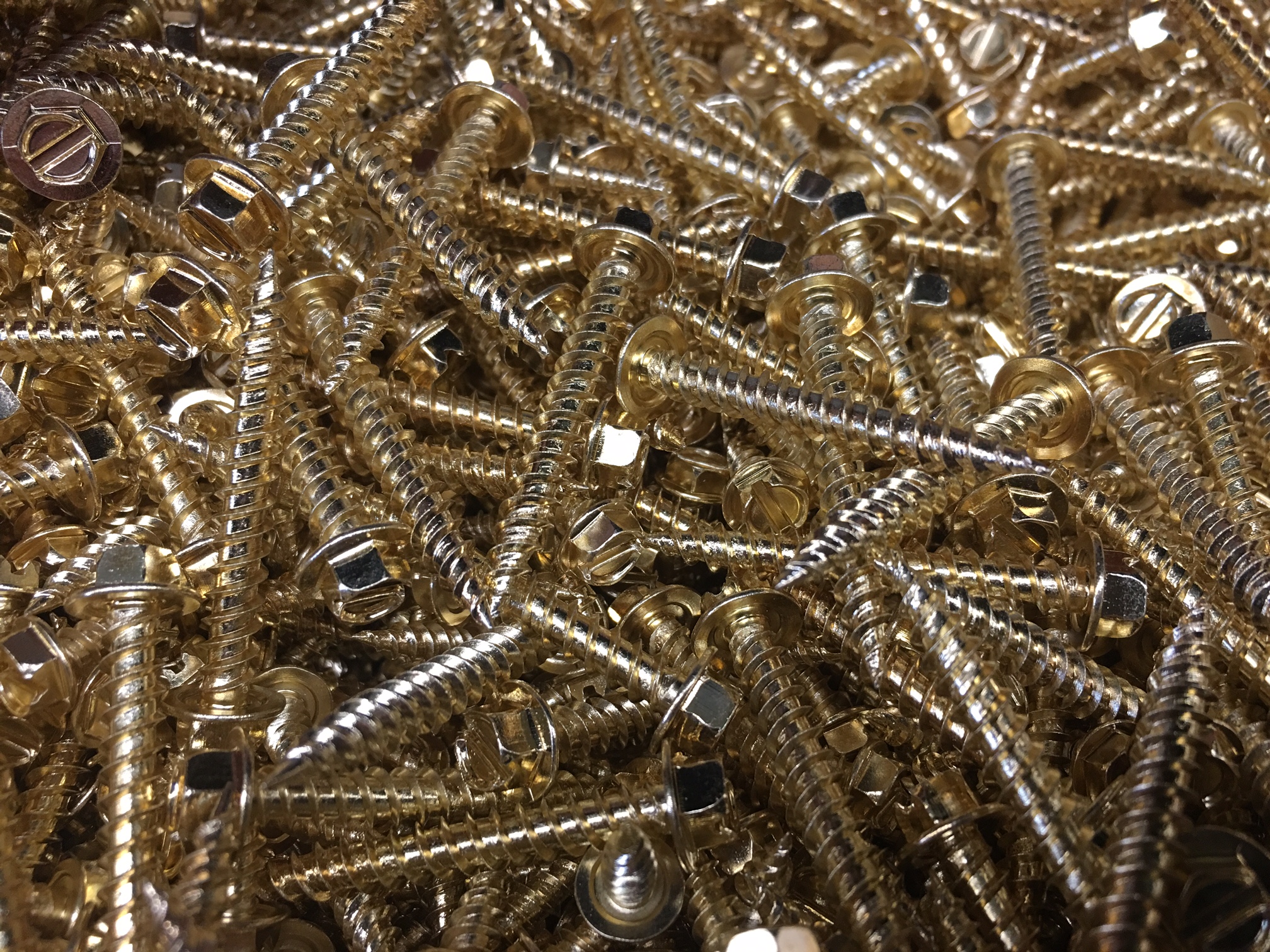Barrel plating is a technique using a rotating container. As a result, many items are simultaneously plating while it spins. Dipping the parts in a number of different chemical tanks during the plating process prepares them for a nice, clean, even finish. At this time, metal ions in the electroplating solution attach themselves to the treated surfaces of the workload. Like other methods of metal plating, barrel plating provides the following functions:
is a technique using a rotating container. As a result, many items are simultaneously plating while it spins. Dipping the parts in a number of different chemical tanks during the plating process prepares them for a nice, clean, even finish. At this time, metal ions in the electroplating solution attach themselves to the treated surfaces of the workload. Like other methods of metal plating, barrel plating provides the following functions:
1. For corrosion resistance.2. For decorative purposes.3. For engineering finishes which protect from wear and tear.
History
Furthermore, barrel plating was developed in the post-Civil War era. During this period, equipment is made from wooden barrels or kegs. The use of wooden equipment was likely implemented due to the materials availability and cost effectiveness (modern barrel plating processes would not be developed until the twentieth century). Today, equipment is composed of non-conductive and chemically inert materials. As a result, it can be submerged in a number of alkaline and acidic solutions.
Advantages
In combination with higher levels of efficiency, there several other advantages to using this method of plating for example:
1. Large, rapid volume production in comparison to rack plating.
2. Barrel plating requires less floor space and lower equipment investments.
3. We use less labor compared to the rack plating process.
4. The entire plating process is taken care of inside of the barrel or vessel.
5. Barrel plating is versatile: Plating several different objects at the same time is easy.
6. The cascading motion of barrel plating can produce a more uniform metal finish.
7. Agitation of the tank’s solutions eliminate stratification and produces a homogeneous bath.
In conclusion at American Plating Company, (located in St. Louis, Missouri) we offer both rack and barrel plating. For a price estimate call American Plating Company at (314) 776-0542 or e-mail us through our Contact page.
Plating available in gold, tin, silver, brass, nickel and copper.
References
Singleton, Raymund. “Barrel Plating.” Metal Finishing 97.1 (1999): 346-67. Web. 26 July 2015.


